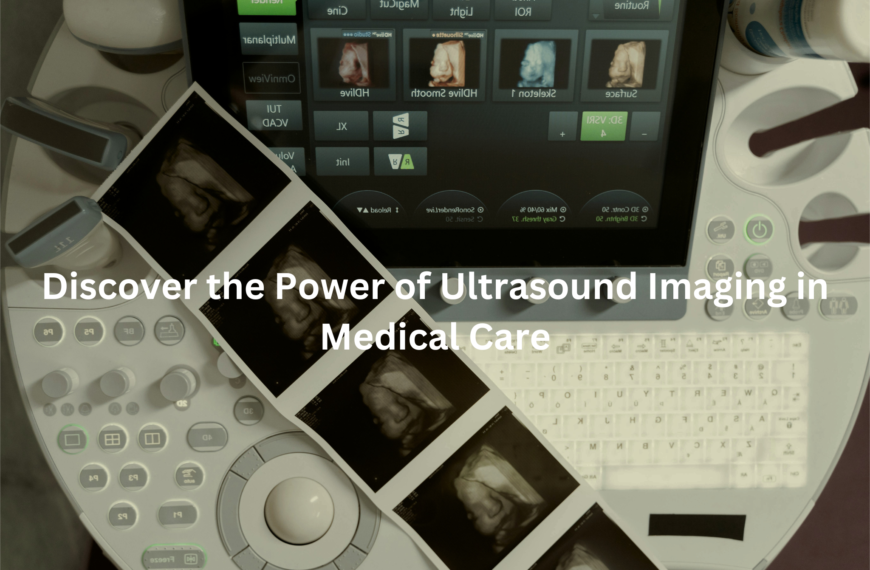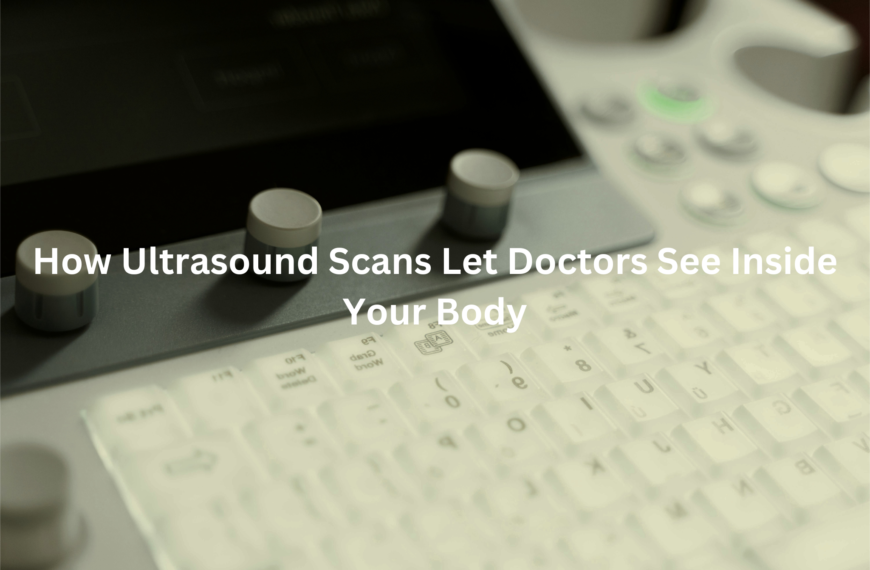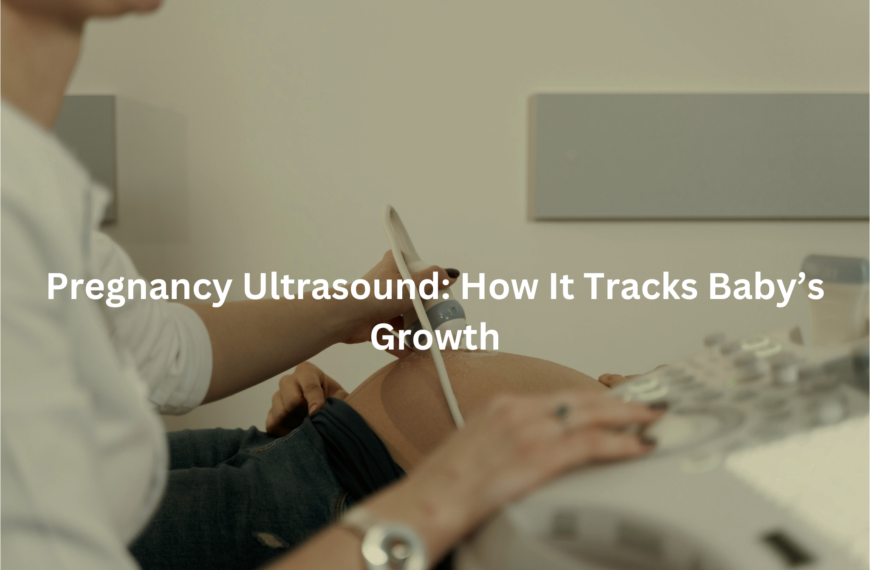Find out who needs breast cancer screening, the best methods, and how early detection improves survival rates.
Breast cancer screening is essential for detecting cancer early, often before symptoms appear. In Australia, routine mammograms, breast MRIs, and clinical breast exams help reduce risks. Knowing when and how often to get screened can make all the difference, leading to earlier treatment and better outcomes.
Key Takeaway
- Early detection saves lives – Mammograms can detect breast cancer before it spreads, improving treatment success.
- Know your risk – Women aged 50–74 should have screening every two years, while high-risk individuals may need additional tests.
- Free screening is available – BreastScreen Australia provides free mammograms for eligible women, ensuring better access to early detection.
What is Breast Cancer Screening?
Credits: Australia Department of Health and Aged Care
Breast cancer screening is about catching cancer early, long before it has the chance to spread. It’s like spotting smoke before a fire takes hold—finding those tiny, hidden changes that might signal something’s wrong. The earlier breast cancer is detected, the better the odds of treating it successfully, often with less aggressive treatment.
But screening isn’t about giving a definitive cancer diagnosis. It’s more like a red flag, a nudge to look closer if something doesn’t seem right. Sometimes, an abnormal result turns out to be harmless, but it’s better to check than to miss something important.
For many women, screening offers peace of mind—knowing that if anything does develop, they’ll catch it early. It’s a simple step that can make all the difference. Because when it comes to breast cancer, time matters. The sooner it’s found, the more options there are, and the better the outcome. (1)
Common Screening Methods
- Mammogram – The go-to test. It’s a low-dose X-ray that can detect tiny lumps before they can be felt.
- Breast MRI – Used for high-risk women, especially those with dense breasts or a strong family history. It gives a more detailed picture than a mammogram.
- Ultrasound – Sometimes used as a follow-up if a mammogram shows something unclear, especially in younger women with dense breast tissue.
- Clinical Breast Exam – A doctor or nurse checks for lumps or changes in the breasts. It’s not a replacement for mammograms but can be helpful alongside them.
Who Should Get Screened?
In Australia, breast cancer screening isn’t one-size-fits-all—it’s based on age and individual risk factors. For most women aged 50 to 74, mammograms are recommended every two years through BreastScreen Australia. It’s free, simple, and proven to save lives.
Women in their 40s can also get screened, though the benefits are less clear. Those at higher risk—like women with a strong family history or genetic mutations—may need earlier or more frequent tests, sometimes including MRIs. Screening isn’t about finding cancer—it’s about catching potential warning signs early. The right timing depends on personal risk, and talking to a doctor helps. (2)
- Women aged 50–74 – Eligible for free mammograms every two years through BreastScreen Australia. This age group benefits the most.
- Women aged 40–49 – Can also get free mammograms but aren’t automatically invited.
- Women under 40 – Not routinely screened unless they have a high-risk factor, as younger breast tissue is often too dense for mammograms to be effective.
- High-risk groups – If you’ve got a family history, genetic mutations (like BRCA1 or BRCA2), dense breasts, or have had hormone therapy, screening might start earlier and be more frequent. Your doctor might recommend MRI scans on top of mammograms.
Mammograms: The Gold Standard
A mammogram remains the most reliable way to catch breast cancer early. It’s a straightforward process—about 20 minutes start to finish—but those few moments could be lifesaving.
The machine takes detailed X-ray images of the breast, often revealing tiny changes long before they can be felt. Some women find it uncomfortable, but the brief pressure is worth the peace of mind.
Early detection means more treatment options and better outcomes. While no test is perfect, a mammogram gives doctors the best chance to spot cancer when it’s most treatable. A little time now could make all the difference later.
2D vs 3D Mammograms
- 2D Mammogram – The standard test. It takes two X-ray images of each breast.
- 3D Mammogram (Tomosynthesis) – Gives a clearer, more detailed view by taking multiple images from different angles. It’s especially useful for women with dense breasts.
Breast Density & Additional Imaging
Breast density matters more than most people realise. It’s not something you can feel, but it shows up on a mammogram. Dense breasts have more glandular and connective tissue, which appears white on an X-ray—just like tumours. That overlap can make it harder for doctors to spot cancer early.
If you have dense breasts, here’s what you need to know:
- Higher risk – Women with extremely dense breasts have a greater chance of developing breast cancer.
- Screening challenges – Standard mammograms may not always be enough, so extra tests like ultrasounds or MRIs might be needed.
- Personalised screening – Some women benefit from more frequent checks, depending on their family history and risk factors.
If your mammogram report mentions dense breasts, it’s worth discussing extra screening options with your doctor. Catching cancer early gives the best chance of successful treatment, and knowing your breast density helps you stay one step ahead.
Breast Density & High-Risk Screening
What is Breast Density & Why Does it Matter?
Breast density isn’t something you can see or feel—it’s only visible on a mammogram. Dense breasts appear whiter on the scan, the same way tumours do, making it harder to spot early signs of cancer. It’s like searching for a snowflake in a blizzard.
For women with extremely dense breasts, the risk of developing breast cancer is higher. That’s why extra screening, like MRIs or ultrasounds, might be recommended. It’s not about causing worry but making sure nothing goes unnoticed. When cancer hides in dense tissue, a closer look can make all the difference.
Screening for High-Risk Women
For women with very dense breasts or a strong family history of breast cancer, standard screening may not be enough. Dense breast tissue appears white on a mammogram—just like tumours—making it harder to spot early signs of cancer. That’s why extra screening, like MRIs or ultrasounds, is often recommended.
Guidelines suggest that women at higher risk start screening earlier and have it more often. If there’s a history of breast cancer in close relatives, genetic testing might also be an option. Some women with BRCA1 or BRCA2 mutations, for example, may need annual MRIs alongside mammograms.
Regular screening isn’t just about finding cancer—it’s about catching any suspicious changes before they grow. For high-risk women, a personalised screening plan can make all the difference. Talking to a doctor about family history and breast density can help determine the safest and most effective approach.
- MRI every 2–4 years – European guidelines suggest adding MRI scans to routine screening.
- Additional tests – Ultrasounds, more frequent mammograms, or even fine needle biopsies might be suggested for certain cases.
Conclusion
Breast cancer screening isn’t perfect, but it’s the best tool we have for early detection. Free mammograms are available across Australia, so if you’re eligible, it’s worth booking in. Knowing your risk, talking to your doctor, and staying proactive with your health can make a real difference. Early detection saves lives—simple as that.
FAQ
What is breast cancer screening?
Breast cancer screening helps detect early signs of breast cancer before symptoms appear. It involves breast imaging tests, like a breast screen, to check for changes in breast tissue that might indicate cancer. Early detection improves cancer care and quality of life, as finding breast cancers at an early stage often leads to better outcomes.
Who should have a breast screen?
Screening is recommended for women aged 50 to 74, as they are at higher risk. However, females aged 40 and over can also access a free mammogram through BreastScreen NSW. Women with a family history of breast cancer or other risk factors, such as dense breasts, may need earlier or more frequent screening.
How does breast density affect screening?
Breast density refers to the amount of glandular and connective tissue in the breasts compared to fat. Dense breasts make it harder to find breast cancers on a mammogram because both breast tissue and cancer appear white. Women with an increased risk due to breast density may need additional breast imaging, such as a breast MRI or ultrasound.
Can breast cancer screening detect other cancers?
While screening mainly focuses on breast cancer, some imaging tests might also show signs of other rare cancers or conditions. However, it does not detect skin cancer or ovarian cancer, which require separate tests.
What happens if a lump is found?
If a breast lump is detected during a breast exam, further tests may be needed. A fine needle biopsy or additional medical imaging can help determine if it is cancerous. Your medical team will guide you through the next steps if follow-up is required.
Does talcum powder increase the risk of breast cancer?
The link between talcum powder and breast cancer risk is still being researched. Some studies suggest a possible connection, but the evidence is not conclusive. If you have concerns, it’s best to find a doctor and discuss your cancer risk with a health care professional.
References
- https://www.canceraustralia.gov.au/resources/position-statements/early-detection-breast-cancer
- https://www.cancer.org.au/cancer-information/causes-and-prevention/early-detection-and-screening/early-detection-of-breast-cancer




